Automne au jardin du Luxembourg_Paris

The Luxembourg gardens as seen from the Montparnassse tower, Paris
La rentrée vue par Anatole France
Je vais vous dire ce que me rappellent tous les ans, le ciel agité de l’automne, les premiers dîners à la lampe et les feuilles qui jaunissent dans les arbres qui frissonnent ; je vais vous dire ce que je vois quand je traverse le Luxembourg dans les premiers jours d’octobre, alors qu’il est un peu triste et plus beau que jamais ; car c’est le temps où les feuilles tombent une à une sur les blanches épaules des statues.
Ce que je vois alors dans ce jardin, c’est un petit bonhomme qui, les mains dans les poches et sa gibecière au dos, s’en va au collège en sautillant comme un moineau.
Ma pensée seule le voit ; car ce petit bonhomme est une ombre ; c’est l’ombre du moi que j’étais il y a vingt-cinq ans ; Vraiment, il m’intéresse, ce petit : quand il existait, je ne me souciais guère de lui ; mais, maintenant qu’il n’est plus, je l’aime bien.
Il valait mieux, en somme, que les autres moi que j’ai eus après avoir perdu celui-là. Il était bien étourdi; mais il n’était pas méchant, et je dois lui rendre cette justice qu’il ne m’a pas laissé un seul mauvais souvenir ; c’est un innocent que j’ai perdu : il est bien naturel que je le regrette ; il est bien naturel que je le voie en pensée et que mon esprit s’amuse à ranimer son souvenir.
Il y a vingt-cinq ans, à pareille époque, il traversait, avant huit heures, ce beau jardin pour aller en classe. Il avait le coeur un peu serré : c’était la rentrée.
Pourtant, il trottait, ses livres sur son dos, et sa toupie dans sa poche. L’idée de revoir ses camarades lui remettait de la joie au coeur. Il avait tant de choses à dire et à entendre! Ne lui fallait-il pas savoir si Laboriette avait chassé pour de bon dans la forêt de l’Aigle ? Ne lui fallait-il pas répondre qu’il avait, lui, monté à cheval dans les montagnes d’Auvergne ? Quand on fait une pareille chose, ce n’est pas pour la tenir cachée. Et puis c’est si bon de retrouver des camarades! Combien il lui tardait de revoir Fontanet, son ami, qui se moquait si gentiment de lui, Fontanet qui, pas plus gros qu’un rat et plus ingénieux qu’Ulysse, prenait partout la première place avec une grâce naturelle !
Il se sentait tout léger, à la pensée de revoir Fontanet.
C’est ainsi qu’il traversait le Luxembourg dans l’air frais du matin. Tout ce qu’il voyait alors, je le vois aujourd’hui.
C’est le même ciel et la même terre; les choses ont leur âme d’autrefois, leur âme qui m’égaye et m’attriste, et me trouble ; lui seul n’est plus.
C’est pourquoi, à mesure que je vieillis, je m’intéresse de plus en plus à la rentrée des classes.
Anatole France
(Le livre de mon ami_1892)
Anatole FRANCE (1844-1924).
Anatole FRANCE (1844-1924).
-Automne au jardin du Luxembourg :
The Luxembourg Gardens, Paris, Oil On Canvas by Albert Edelfelt (1854-1905
Luxembourg Gardens. Paris. (1930)
Vue du bassin à l'automne
It is easy to be happy in Paris and if you go to the Luxembourg Gardens on a clear afternoon in early Autumn the sun will be shining into the lower branches of the almost leaf-fallen trees and people will be facing their chairs to feel its warmth.
Parmi les statues aux blanches épaules, voici celle que je préfère: la belle Marguerite de Navarre.
The statue of the Greek goddess Artemis (Latin: Diana), with a deer, The statue is also known as Diana à la Biche, Diane Chasseresse ("Diana Huntress"), Artemis of the Chase, and Artemis with the Hind.

View of the Pantheon from the Luxembourg Palace
-VIEW : Pantheon Paris_
The Panthéon (Latin: pantheon, from Greek πάνθειον (ἱερόν) '(temple) to all the gods') is a building in the Latin Quarter in Paris. It was originally built as a church dedicated to St. Genevieve and to house the reliquary châsse containing her relics but, after many changes, now functions as a secular mausoleum containing the remains of distinguished French citizens.
The inscription above the entrance reads AUX GRANDS HOMMES LA PATRIE RECONNAISSANTE ( "To great men, the grateful homeland").
Among those buried in its necropolis are Voltaire, Rousseau, Victor Hugo, Émile Zola, Jean Moulin, Louis Braille, Jean Jaurès and Soufflot, its architect. In 1907 Marcellin Berthelot was buried with his wife Mme Sophie Berthelot, the first woman to be interred. Marie Curie was the first woman interred based on her own merits. Geneviève de Gaulle-Anthonioz and Germaine Tillion, heroines of the French resistance, were interred in 2015.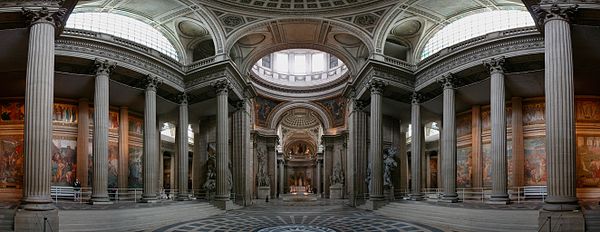
Inside panoramic view of the Panthéon.
The inscription above the entrance reads AUX GRANDS HOMMES LA PATRIE RECONNAISSANTE ( "To great men, the grateful homeland").
Among those buried in its necropolis are Voltaire, Rousseau, Victor Hugo, Émile Zola, Jean Moulin, Louis Braille, Jean Jaurès and Soufflot, its architect. In 1907 Marcellin Berthelot was buried with his wife Mme Sophie Berthelot, the first woman to be interred. Marie Curie was the first woman interred based on her own merits. Geneviève de Gaulle-Anthonioz and Germaine Tillion, heroines of the French resistance, were interred in 2015.

| Le Panthéon national | |
|---|---|

The Panthéon
| |
| General information | |
| Type | Mausoleum |
| Architectural style | Neoclassicism |
| Location | Paris, France |
| Construction started | 1758 |
| Completed | 1790 |
| Design and construction | |
| Architect | Jacques-Germain Soufflot Jean-Baptiste Rondele |
Beautiful autumn colours at the Jardin du Luxembourg
PHOTO SPHERE - Dec 2015:

-Paris Le Jardin du Luxembourg :
-LE PALAIS ET JARDIN DU LUXEMBOURG :
| Wikimedia Commons has media related to la Fontaine des Quatre-Parties-du-Monde. |

Paris - Luxembourg Quarter: Jardin du Luxembourg - Fontaine de Médicis - Galatée dans des bras d'Acis le berger
Mythe
Acis était un jeune berger de Sicile, fils du dieu Pan et de la nymphe Symaethis, et l'amant de Galatée, une des Néréides (nymphe marine), fille de Nérée et de Doris.
Mais Acis fut victime de la jalousie du cyclope Polyphème, également amoureux de Galatée mais disqualifié par ses traits monstrueux. Polyphème, ayant surpris les deux amants, arracha un rocher de l'Etna et le précipita sur Acis. Galatée, voyant des filets de sang sourdre sous le rocher, pria les dieux de le changer en un fleuve pour qu'il puisse rejoindre la mer. Cette version fut chantée par Théocrite dans sa onzième Idylle.
Une autre version de la légende, où Polyphème séduit finalement Galatée par son talent à jouer de la syrinx, aura moins de succès.
Photo Sphere - Apr 2016:
Le déplacement et le nouveau bassin donnèrent lieu à une nouvelle ornementation des niches de la fontaine. Les travaux de sculpture furent confiés à Auguste, Louis Ottin (1811-1890).
La niche centrale est occupée par un groupe en marbre représentant Acis et Galathée couchés sous un rocher au sommet duquel apparaît la figure colossale en bronze de Polyphème s’apprêtant à lancer sur son rival la pierre qui doit lui donner la mort.
Joe Dassin & Joelle - Le Jardin Du Luxembourg [1976]:
-A Visit to the Luxembourg Gardens in Paris_ 2013_06_16 :

The Jardin du Luxembourg, or the Luxembourg Gardens, is the second largest public park in Paris (224,500 m² (22.5hectares) located in the 6th arrondissement of Paris, France. The park is the garden of the French Senate, which is itself housed in the Luxembourg Palace.


In 1611, Marie de Medicis, the widow of Henry IV and the regent for the KingLouis XIII decided to build a palace in imitation of the Pitti Palace in her nativeFlorence. She purchased the hotel du Luxembourg (today the Petit-Luxembourg palace) and began construction of the new palace. She commissioned Salomon de Brosse to build the palace and a fountain, which still exists. In 1612 she planted 2,000 elm trees, and directed a series of gardeners, most notably Tommaso Francini, to build a park in the style she had known as a child in Florence. Francini planned two terraces with balustrades and parterres laid out along the axis of the chateau, aligned around a circular basin. He also built the Medici Fountain to the east of the palace as a nympheum, an artificial grotto and fountain, without its present pond and statuary. The original garden was just eight hectares in size.
In 1630 she bought additional land and enlarged the garden to thirty hectares, and entrusted the work to Jacques Boyceau de la Barauderie, the indendant of the royal gardens of Tuileries and the early garden of Versailles. He was one of the early theorists of the new and more formal garden à la française, and he laid out a series of squares along an east-west alley closed at the east end by the Medici Fountain, and a rectangle of parterres with broderies of flowers and hedges in front of the palace. In the center he placed an octagonal basin with a fountain, with a perspective toward what is now the Paris observatory.

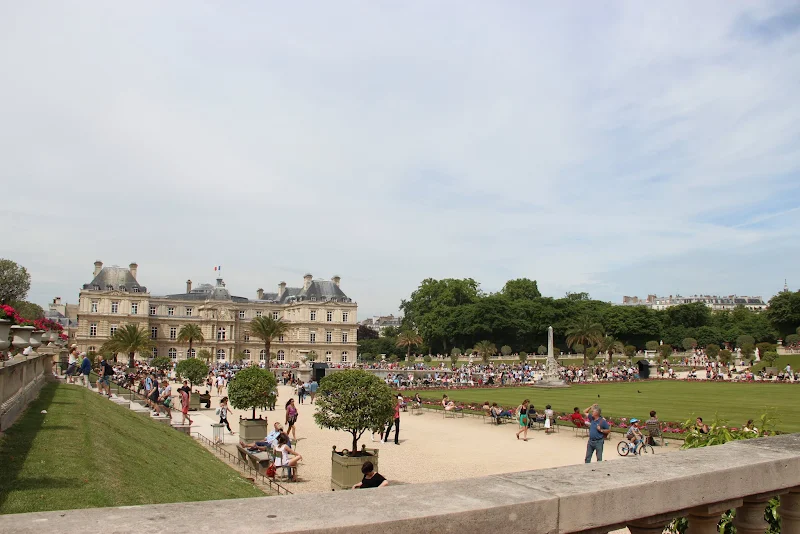
Luxembourg Palace and Gardens
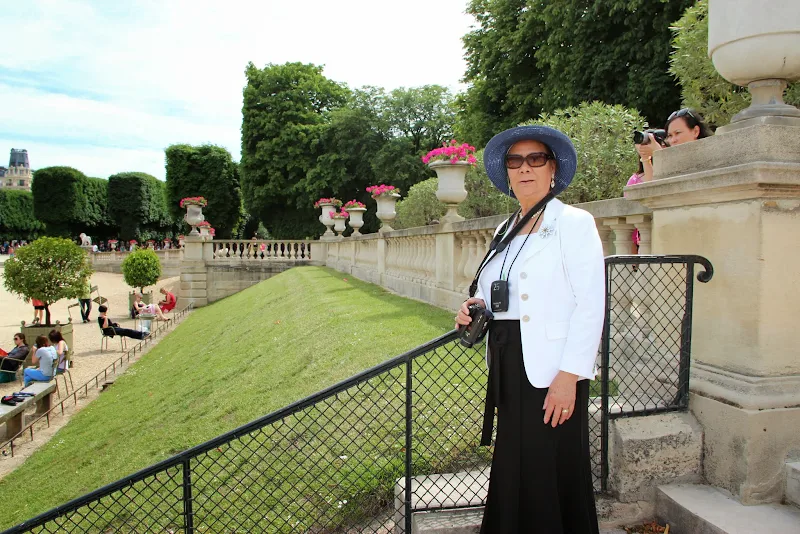

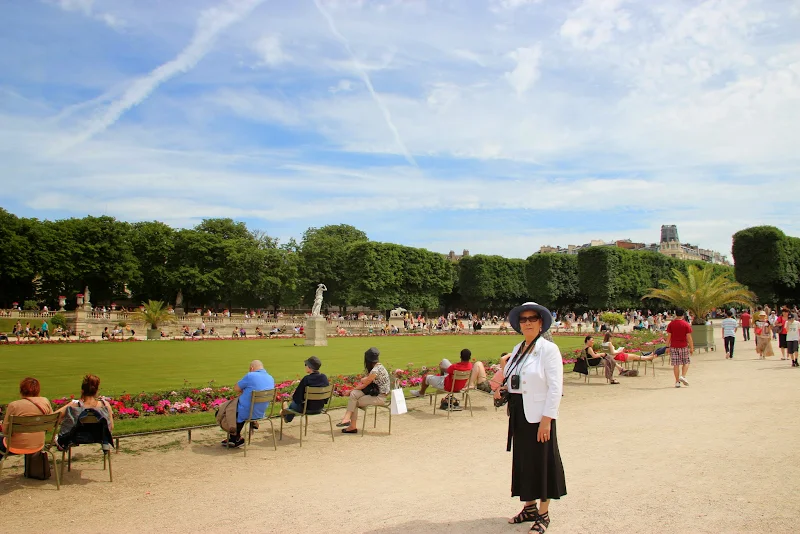



Marguerite de Navarre (French: Marguerite d'Angoulême, Marguerite d'Alençon; 11 April 1492 – 21 December 1549), also known as Marguerite of Angoulême and Margaret of Navarre, was the wife of Henry II of Navarre. Her brother became King of France, asFrancis I and the two siblings were responsible for the celebrated intellectual and cultural court and salons of their day in France.



People relaxing in Luxembourg Gardens
The Medici Fountain (La fontaine Médicis) was built in 1630 by Marie de' Medici, the widow of King Henry IV of France and regent of King Louis XIII of France. It was designed by Tomasso Francini, a Florentine fountain maker and hydraulic engineer who was brought from Florence to France by King Henry IV. It was in the form of a grotto, a popular feature of the Italian Renaissance garden.

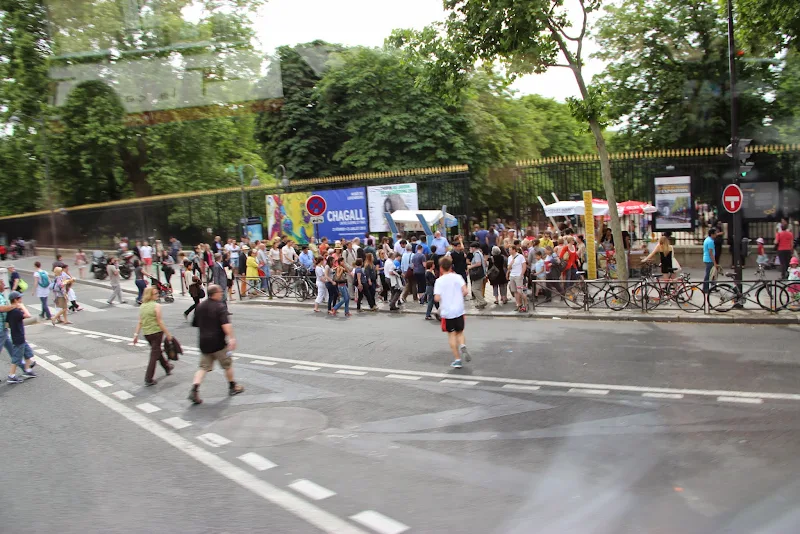
-Paris: Regal and Intimate :
-VIDEO :Popular Jardin du Luxembourg & Paris videos_Playlist







- VIEW : Les Etoiles_ (NHỮNG VÌ SAO)





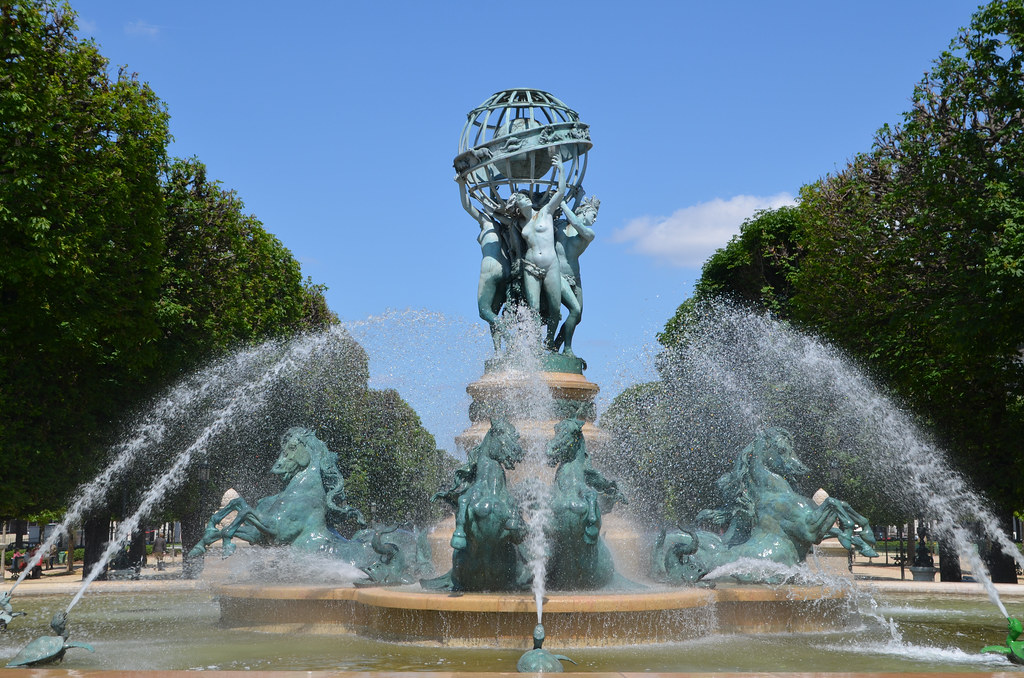
No comments:
Post a Comment